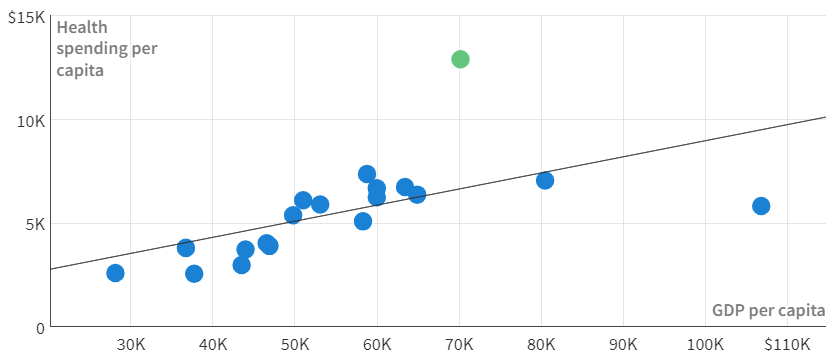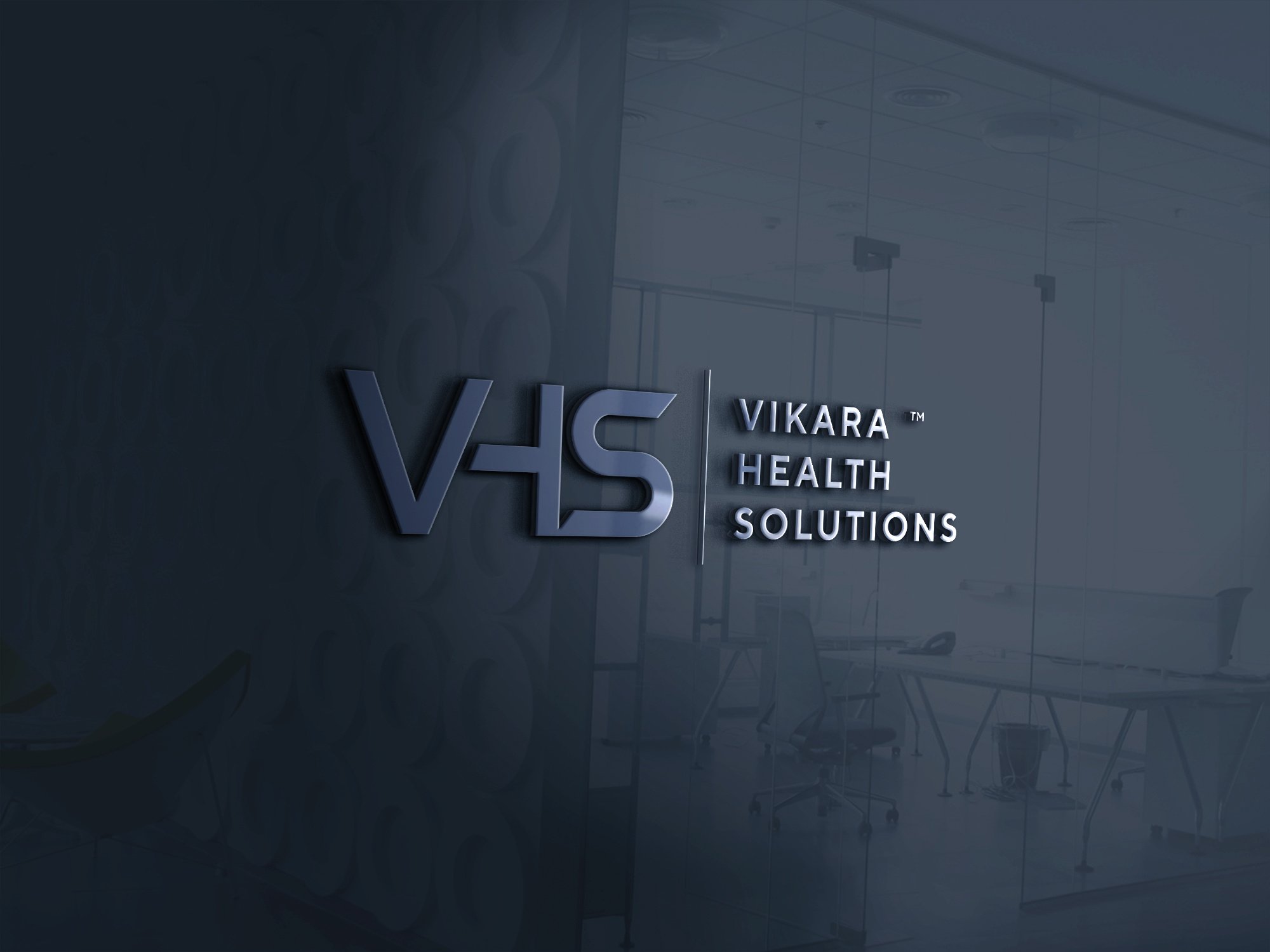Reflecting on 2024: The Evolution of AI in Healthcare Operations
The past year has been a dynamic one for AI-driven healthcare technology, particularly in ambient documentation, which took center stage in integrating AI into day-to-day healthcare operations. Established players like Nuance expanded their DAX product, improving its ability to streamline clinical documentation. Meanwhile, newer entrants like Ambience Healthcare successfully secured funding rounds, demonstrating product-market fit (PMF) and a well-defined ideal customer profile (ICP). With their $70M Series B, they are now positioned to aggressively capture market share. Others, like Abridge, which has been in the space longer, raised a $250M Series C, signaling their readiness to scale operations, expand into new markets, and solidify their foothold among providers.
Notable health systems such as Kaiser Permanente, Ochsner Health, and Ascension St. Thomas were among the adopters of ambient AI documentation, leveraging automation to reduce administrative burdens on clinicians. The impact was tangible: physicians reported fewer hours spent on documentation, increased patient engagement, and improved clinical efficiency.
Beyond Documentation: Broader AI and Tech Adoption
Alongside AI-driven documentation, telehealth and wearable integration continued to gain traction—trends initially accelerated by the pandemic but now firmly embedded in healthcare delivery models. Major players like Mayo Clinic and Cleveland Clinic expanded remote monitoring programs using wearables like Apple Watch, Fitbit, and Whoop to track patient vitals and chronic conditions more effectively. AI-powered tools also started making strides in predictive analytics, guiding early disease detection and personalized treatment recommendations.
We also saw the early-stage adoption of robotics and remote care solutions. Surgical robots like Intuitive’s da Vinci system and Medtronic’s Hugo RAS expanded beyond large academic centers, with more regional hospitals incorporating robotic-assisted surgery to improve procedural accuracy. Remote patient monitoring (RPM) companies like Biofourmis and Current Health gained traction, supporting home-based chronic care management and hospital-at-home initiatives.
The Financial Equation: ROI vs. Enabling Technologies
Despite the widespread enthusiasm, not every AI-driven solution delivered immediate financial ROI. Foundational elements, such as advanced analytics, continued to gain ground, but many organizations still struggled to quantify their impact in dollars. AI-driven documentation tools provided an immediate benefit by offloading administrative tasks, freeing providers to see more patients or reduce burnout—but the deeper financial impact came from long-term workflow changes and role optimization.
The process follows multiple steps:
- Initial Efficiency Gains – AI automates documentation, reducing physician burden.
- Workforce Optimization – Over time, organizations evaluate which roles to backfill, adjust, or eliminate.
- Financial Impact – Savings emerge from lower recruitment costs, better staff retention, and increased patient throughput.
- Attribution Challenges – As these tools become widely adopted, hospitals will demand clearer ROI comparisons between competing solutions.
The next logical step for AI vendors? Developing impact measurement frameworks. Companies will need to quantify their value propositions beyond efficiency metrics, demonstrating direct cost savings or revenue increases to maintain market confidence.
The State of Healthcare at Year-End: A Productivity Paradox
As 2024 closed, a clear trend emerged: volumes were down, and labor expenses were up. In essence, hospitals were still managing the numerator of productivity using traditional cost-cutting and efficiency methods, but the denominator—clinical capacity—needed a new approach.
This is where AI-enabled automation and analytics come into play. To truly move the needle, healthcare leaders must rethink staffing models, optimize workflows, and implement AI in a way that drives financial and operational sustainability. While 2024 set the foundation, 2025 will be the year where we see winners emerge based on measurable outcomes.



